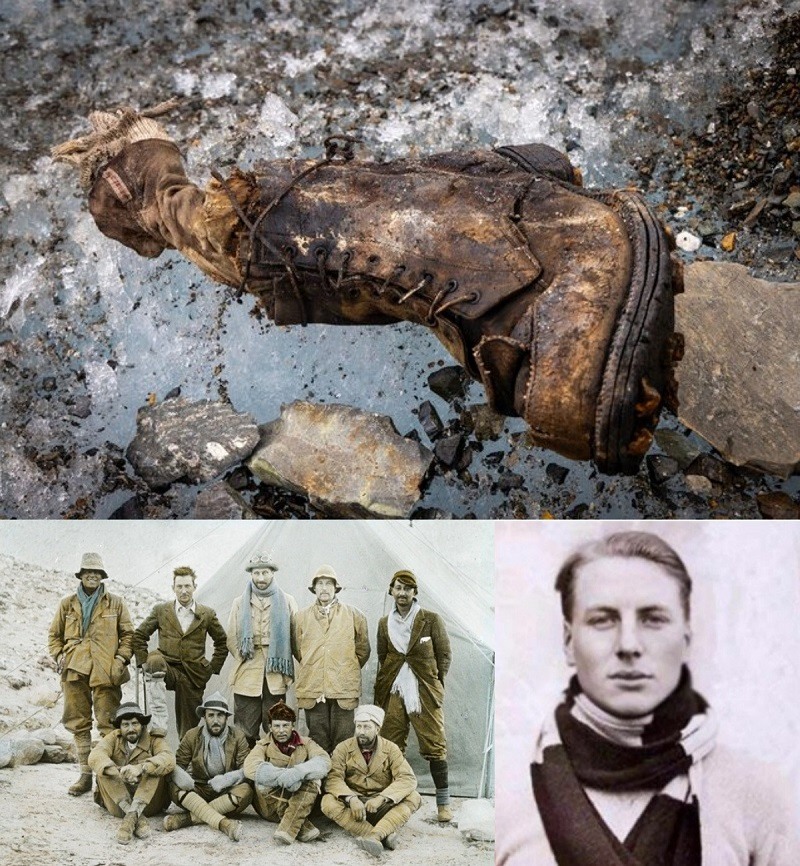Rediscovering Sandy Irvine: A Lost Chapter of Everest

For decades, the mysterious disappearance of Andrew “Sandy” Irvine and George Mallory on Mount Everest in 1924 has fascinated historians, mountaineers, and adventure enthusiasts alike. Considered one of the most enduring enigmas in the history of mountaineering, the fate of this pioneering duo has been shrouded in speculation—until now. A century later, the remains of Sandy Irvine have been discovered by the team led by renowned climber and filmmaker Jimmy Chin, offering a groundbreaking glimpse into Everest’s perilous past.
A Century-Old Mystery Unveiled

The rediscovery of Irvine’s remains marks a significant milestone in mountaineering history. Found at high altitude amidst treacherous ice and rock, the discovery provides crucial evidence about the final moments of Irvine and, potentially, Mallory. While Mallory’s body was famously found in 1999, Irvine’s had remained lost for over ninety-five years, fueling endless theories about whether the duo reached the summit before tragedy struck. This new finding not only honors their memory but also allows researchers to piece together details of one of Everest’s earliest and most daring expeditions.
Insights Into Early Mountaineering Challenges
Analyzing the artifacts and skeletal remains offers unprecedented insight into the extreme conditions faced by early 20th-century climbers. Unlike modern mountaineers equipped with advanced gear, oxygen systems, and satellite communications, Mallory and Irvine relied on rudimentary equipment, heavy woolen clothing, and sheer determination. Each piece of evidence from the site—from ice-encased tools to fragments of clothing—tells a story of resilience, courage, and human endurance in an environment that continues to challenge even the most experienced climbers today.
Revisiting Everest’s Heroic Legacy

The rediscovery of Irvine reshapes our understanding of Everest’s history and the pioneers who dared to confront the world’s highest peak. Mallory and Irvine were emblematic of an era defined by exploration, ambition, and the human desire to push boundaries. Their story captures both the allure and danger of mountaineering, reminding us that the pursuit of greatness often comes at tremendous risk. For historians and climbers alike, this discovery bridges the past and present, offering a tangible connection to the men who laid the groundwork for modern high-altitude exploration.
Global Fascination and Cultural Impact
The story of Mallory and Irvine resonates far beyond mountaineering circles. Their disappearance has inspired books, documentaries, and research spanning decades, and the discovery of Irvine’s remains reinvigorates public interest in Everest’s history. The find also highlights the importance of interdisciplinary efforts, combining archaeology, mountaineering expertise, and modern technology to solve long-standing historical mysteries.
Conclusion
Rediscovering Sandy Irvine is more than a historical milestone—it is a testament to human courage, ambition, and the enduring spirit of exploration. From the extreme conditions of Mount Everest to the painstaking research that led to his discovery, Irvine’s story enriches our understanding of early mountaineering and the remarkable individuals who sought to conquer the world’s tallest peak. As we reflect on this century-old mystery, the legacy of Mallory and Irvine continues to inspire adventurers, historians, and dreamers, reminding us that the pursuit of discovery is timeless and boundless.











